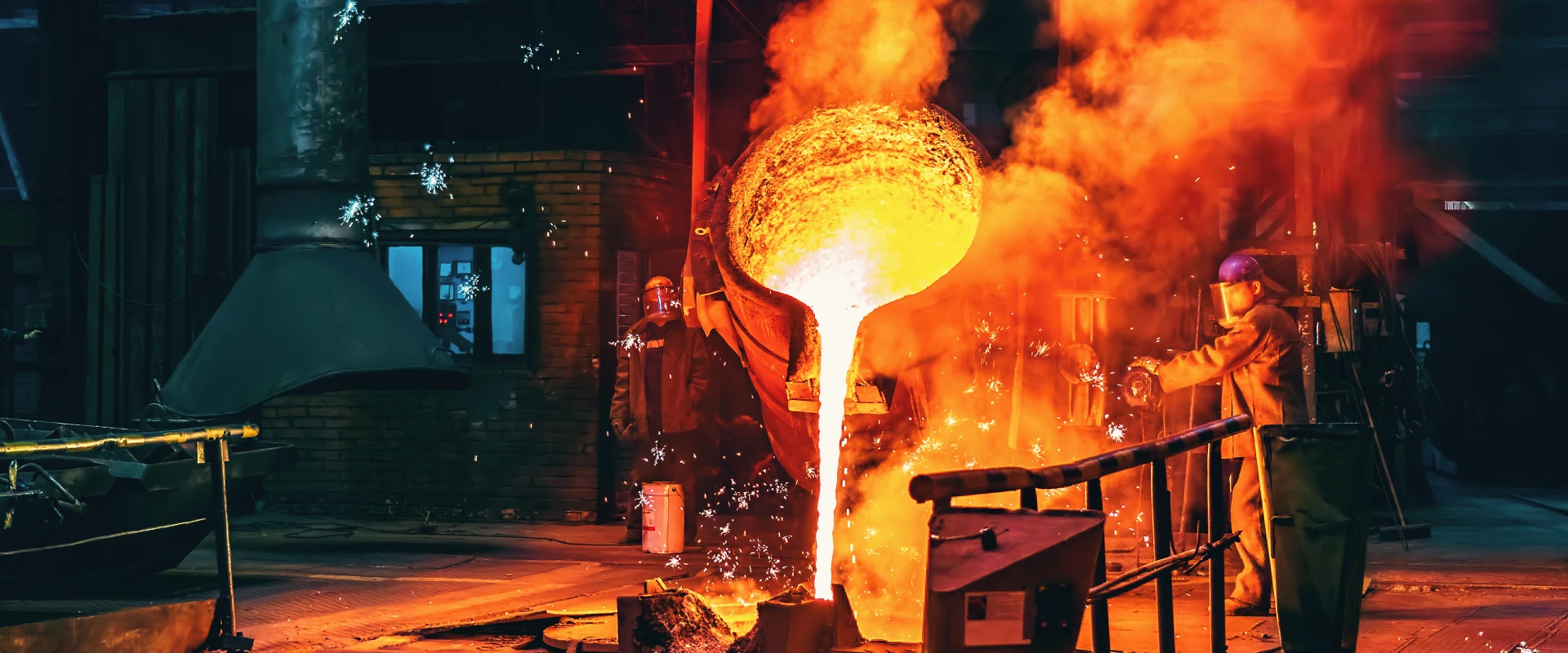New Stainless Steel Materials: Performance Breakthroughs & Future Applications
Stainless steel has been a staple in our lives for decades, from the kitchen sink to skyscraper beams. But researchers and engineers aren’t resting on their laurels. They’re constantly pushing the boundaries of what stainless steel can do, developing new formulations that are stronger, more corrosion-resistant, and better suited for the challenges of modern industries. Recent breakthroughs in research and development are opening up exciting possibilities, from greener manufacturing processes to high-tech applications we could only dream of a few years ago.
Performance Breakthroughs: Beyond Traditional Limits
Traditional stainless steel is already impressive, but new varieties are taking things to the next level. One of the most notable advances is in strength. By tweaking the alloy’s composition—adding small amounts of elements like niobium or molybdenum—scientists have created stainless steels that are up to 30% stronger than standard grades. This might not sound like much, but in industries like aerospace, where every gram counts, a stronger material means lighter parts that can still withstand extreme forces.
Corrosion resistance is another area where new stainless steels are shining. Standard 304 stainless steel holds up well in most environments, but it struggles in highly acidic or salty conditions—think chemical plants or offshore oil rigs. New alloys, however, with higher chromium content and added elements like tungsten, can resist even the harshest corrosive substances. In tests, these new materials lasted five times longer than traditional stainless steel in salt spray environments, a game-changer for coastal infrastructure and marine equipment.
Heat resistance is also getting a boost. Traditional stainless steel can start to weaken at temperatures above 800°C, but new high-temperature alloys remain strong even at 1.200°C. This makes them ideal for use in industrial furnaces, gas turbines, and even parts of rocket engines, where extreme heat is part of the job.
What’s Driving These Innovations?
The push for better stainless steel is coming from two main directions: industry needs and environmental concerns. On the industry side, sectors like renewable energy and electric vehicles are demanding materials that can handle new challenges. For example, solar power plants need stainless steel components that can withstand years of exposure to sunlight and heat without corroding, while EV batteries require casings that are both strong and resistant to the chemicals inside.
Environmental pressures are also playing a big role. New stainless steels are being designed to be more recyclable, with formulations that make it easier to separate and reuse the metal at the end of its life. Some researchers are even experimenting with “green” stainless steel, made using recycled scrap metal and low-carbon manufacturing processes, cutting down on the industry’s carbon footprint.
Application Prospects: Where These New Materials Will Shine
The performance breakthroughs in new stainless steels are opening up a world of applications:
Renewable Energy: Wind turbine towers and solar panel frames are exposed to the elements 24/7. New corrosion-resistant stainless steels can extend their lifespan from 20 years to 30 or more, reducing the need for frequent replacements and lowering the overall cost of renewable energy.
Medical Devices: Stainless steel is already used in surgical tools and implants, but new biocompatible alloys are making it even better. These materials resist corrosion from bodily fluids and don’t trigger allergic reactions, making them ideal for long-term implants like pacemakers or artificial joints.
Automotive Industry: Electric vehicles need lightweight, strong materials to maximize battery range. New high-strength stainless steels can reduce the weight of car bodies by up to 15% without sacrificing safety, helping EVs go farther on a single charge.
Construction: Skyscrapers and bridges in coastal cities face constant exposure to saltwater. New stainless steels with enhanced corrosion resistance can reduce maintenance costs and make these structures safer and more durable.
How These Materials Compare to Traditional Stainless Steel
Traditional stainless steels like 304 and 316 are still great for many applications, but the new varieties fill gaps where the old ones fall short. For example, standard 316 can handle saltwater, but the new high-tungsten alloys can do it better and last longer. High-strength new alloys, meanwhile, offer a middle ground between traditional stainless steel and more expensive materials like titanium, making them a cost-effective choice for high-performance applications.
The trade-off? Some of these new stainless steels are slightly more expensive to produce, thanks to the added elements or specialized manufacturing processes. But in applications where durability and performance are critical, the extra cost is often worth it. Over the long term, their longer lifespan and lower maintenance needs can save money.
The Road Ahead
As research continues, we can expect even more exciting developments in stainless steel. Scientists are working on “smart” stainless steels that can change properties in response to temperature or stress, and others that self-heal small scratches or cracks. There’s also a focus on making these new materials more affordable, scaling up production to bring down costs and make them accessible to more industries.
In the end, new stainless steel materials are more than just an upgrade—they’re a testament to how innovation in materials science can drive progress across industries. From greener energy to safer medical devices, these metals are set to play a key role in building a better, more sustainable future. And as they become more common, we’ll likely see them in everything from our homes to the most advanced technologies on the planet, proving once again that stainless steel is far from being a “finished” material. It’s evolving, and the best is yet to come.

